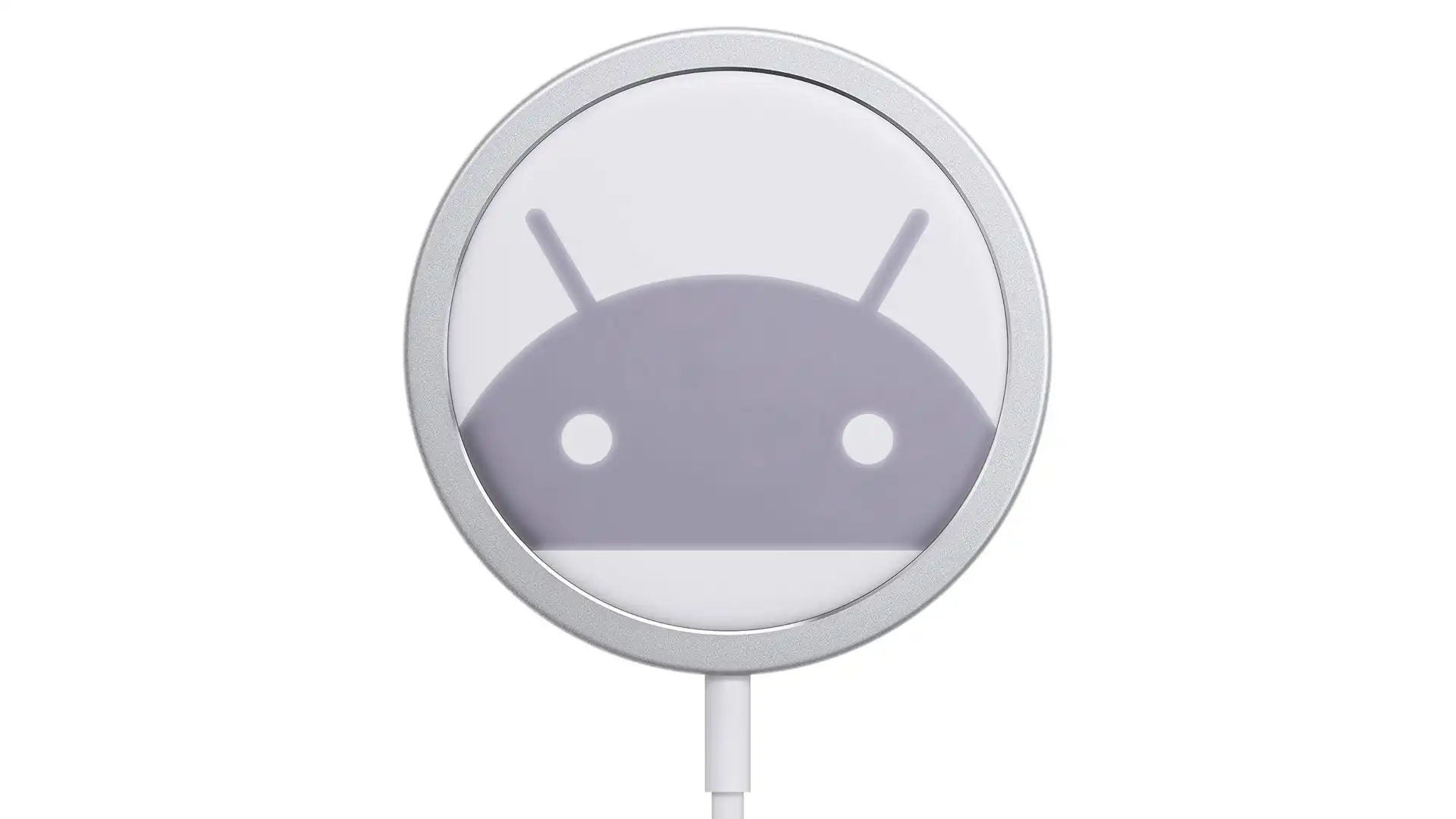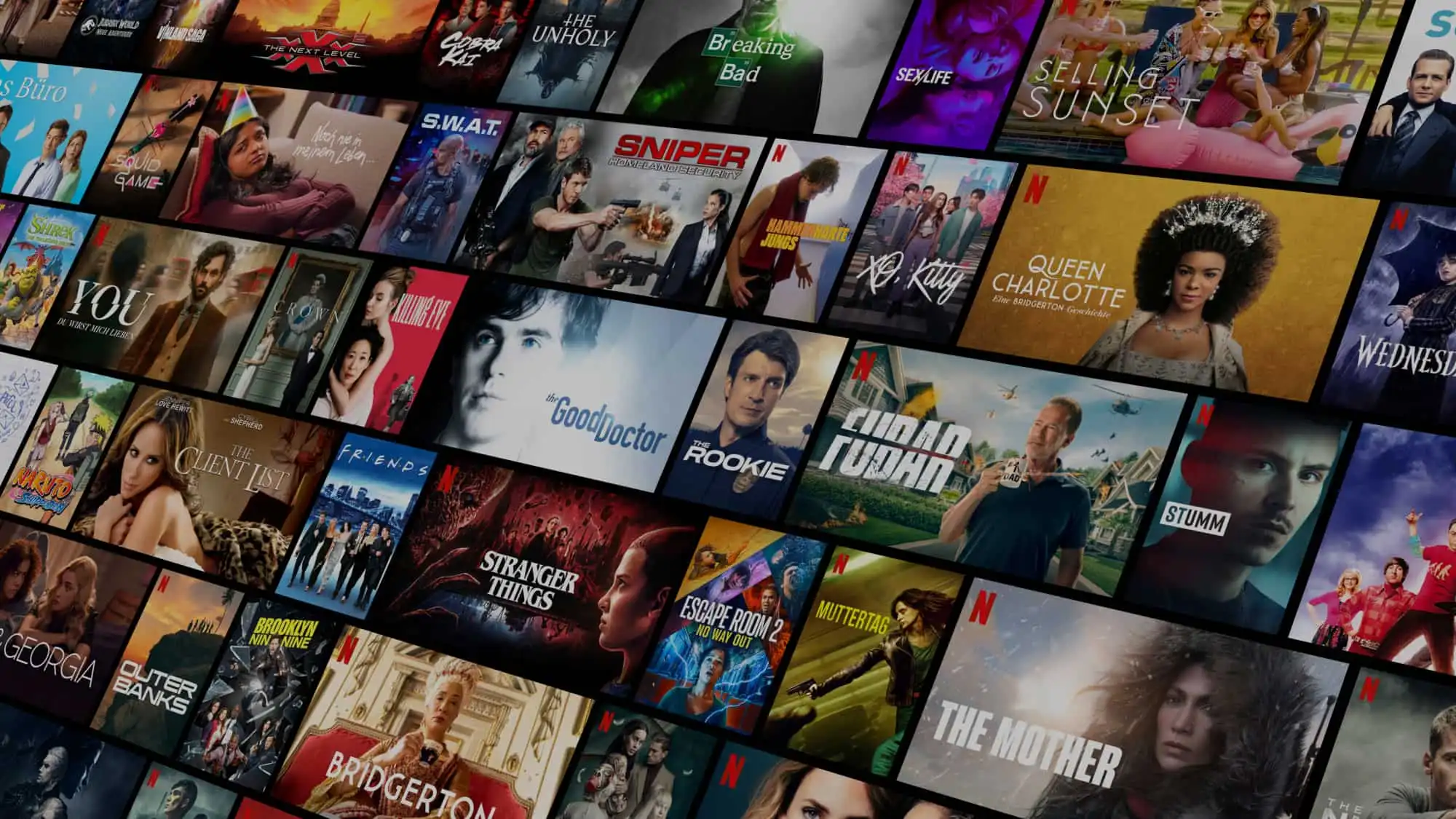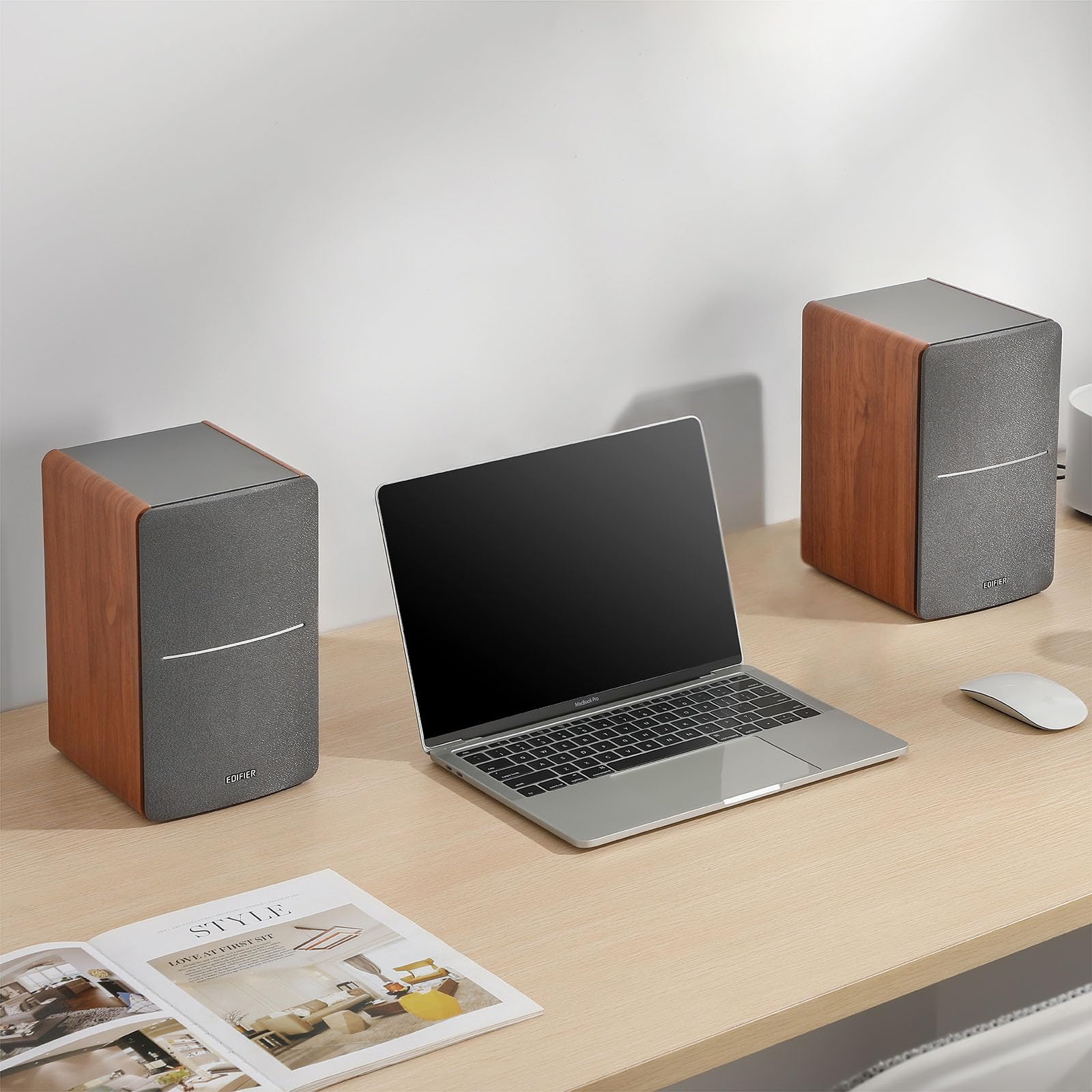MagSafe is great, but Android manufacturers are dragging their feet on the MagSafe-compatible Qi2 wireless charging standard.
I am an unapologetic Android fanboy, going way back to the Nexus One. I’ve tried using iPhones before, if only to have the experience for my job, and that lasted about a week before I switched back.
But I’m not too proud to admit when Apple nails it, and the MagSafe system rocks. It’s so good that I bought a MagSafe-compatible case for my Galaxy Z6 Fold just so I could use those super-handy chargers and mounts at my desk and next to my bed.
MagSafe — the phone version, not to be confused with previous Mac laptop chargers of the same name — has been around for four years now. And for four years, I’ve been waiting for Android phone makers to copy it or implement a similar system.
Enter Qi2, the updated version of the ubiquitous Qi wireless charging interface, which includes a magnetic attachment system that’s MagSafe-compatible. It was introduced in January 2023, and it’s now more than a year later but phone makers are in no hurry to implement Qi2 on most new Android devices and continue to opt for standard Qi receivers. Even Google, an early adopter of wireless charging, omitted any Qi2 functionality on its latest Pixel devices.
ate, there’s only one Android phone that uses Qi2: the HMD Skyline, a niche model focused on repairability. In fact, the biggest hardware release for Qi2 is… the iPhone 15. Which didn’t exactly need Qi2 certification because it’s already rocking MagSafe.
Where the hell are all the Android phones with Qi2, and by default, backwards compatibility with MagSafe charging and mounting?
The rumor mill says the upcoming Galaxy S25 series will use it, but I’ve yet to see anything definitive there. The Galaxy Ring is technically compliant with Qi2, but doesn’t use the magnetic standard (even for its proprietary charging pad). Right now, the most likely place a regular consumer might spot Qi2 is on a new wireless charger… that’s effectively iPhone-only since it’s basically just a new MagSafe charger.
What’s the holdup, phone makers? I know it takes a lot of R&D work to make any new device, but this stuff has been available to you for long enough that new models being released today should be packing Qi2 tech. And MagSafe is a proven winner with both consumers and the broader smartphone market as a whole! You can find cheap MagSafe-compatible mounts and wireless chargers (many of which omit a pricey official endorsement from Apple) just about everywhere.
And that includes high-end accessories for Android phones, many of which come with “MagSafe adapters,” which are effectively just magnetic rings in cases strategically placed over their wireless charging areas. While this works, it can be a bit iffy — you have to get that magnetic circle positioned juuuuuust right to preserve wireless charging functionality, and it sometimes makes existing wireless chargers (especially vertical “stand-style” chargers) useless, forcing you to buy new MagSafe-compatible chargers. The thin requirements of putting a magnet in a case also make them less stable than their iPhone equivalents. I tried adding MagSafe rings and cases to my Pixel 5 and Pixel 7, and both phones just wouldn’t charge wirelessly with a ring in place.
At least one manufacturer seems to be getting the message, though their implementation leaves a lot to be desired. Oppo’s upcoming Find X8 phone will get MagSafe compatibility, but not out of the box. Oppo advertised its official case with a MagSafe-compatible magnetic ring, working with a portable battery-powered wireless charging pad. The video shows the same charger and pad working on the iPhone. Once again, this system is Qi2-compatible, but it doesn’t use the Qi2 magnetic latch system within the phone itself.

Android Authority guesses that even the Oppo Find X8 won’t be using a magnetic attachment system in the phone itself to avoid the fury of Apple’s patent lawyers. (It’s worth pointing out that companies like Google and Samsung could have built magnetic first-party cases, but have chosen not to so far.) And while I certainly agree that pretty much every company on the planet is keen to stay off Apple’s litigious radar, I’m not so sure this is the main reason for our lack of Qi2.
Qi2 was implemented with lots of Apple input — who’s a member of the Wireless Power Consortium, after all — and there have been magnetic attachment and charging systems that pre-date the 2020 version of MagSafe. The Palm Pre and its Touchstone charger is one example from way back in 2009, and Microsoft’s Surface laptops use a proprietary magnetic charger, too.
A promotional message from fellow WPC member Belkin in 2023 says that “Qi2 will initially be compatible with select iPhone 15, iPhone 14, iPhone 13, and other MagSafe-compatible devices and is available to Android manufacturers to integrate into their future devices.” That implies that Android manufacturers can use Qi2 magnetic mounting if they wanted to. It’s possible that those WPC relationships include some hefty exchanges of cash going Apple’s way, just to make sure there’s no friction with any patents that might overlap on the MagSafe system.
That’s speculation on my part, to be clear. But between the Skyline and Oppo’s brazen advertising of MagSafe-compatible cases, it looks like manufacturers might be ready to actually implement MagSafe in all but name. We can but hope that in 2025 Android users will finally be given access to these accessories without needing an add-on case of questionable quality.




